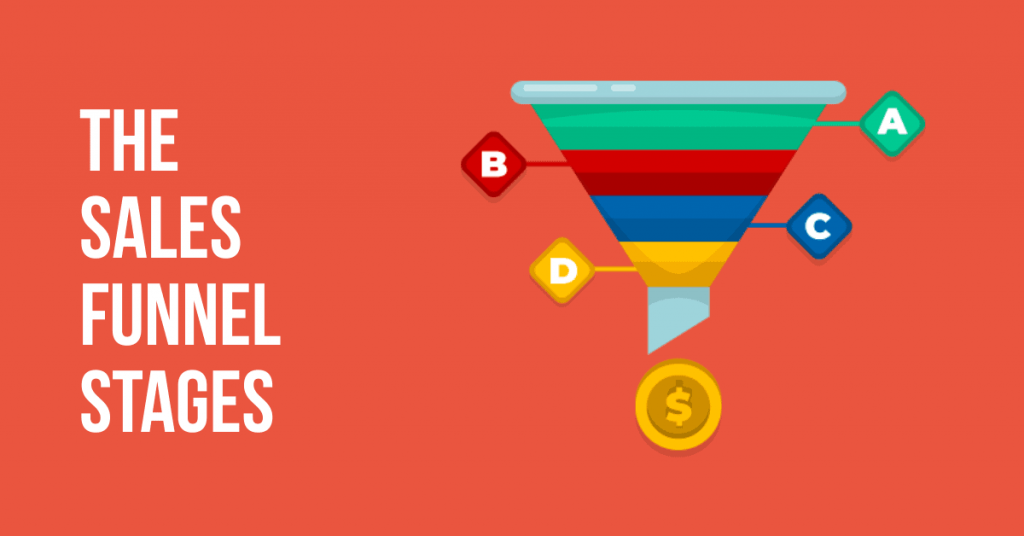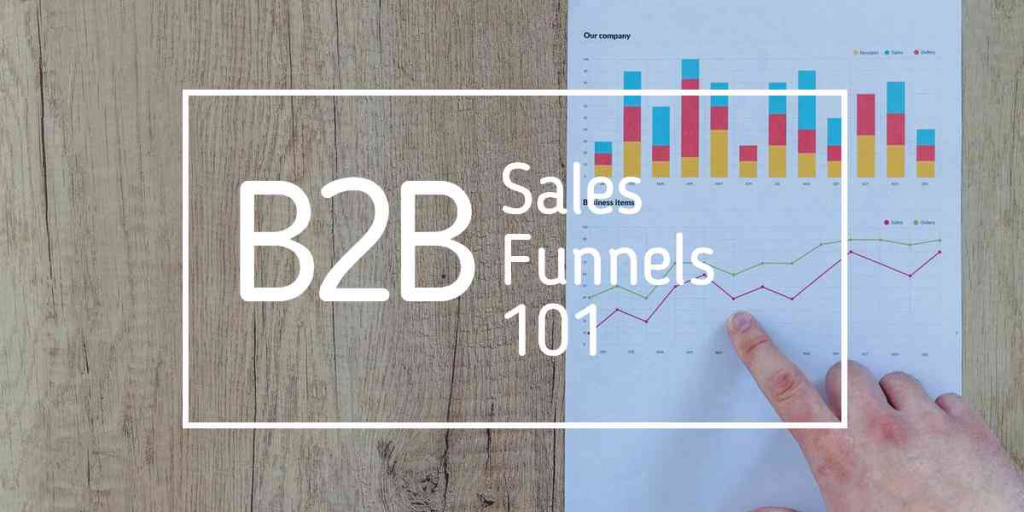Introduction:
Social media is a crucial part of your sales funnel. It’s not just a top-of-the-funnel tactic anymore; it’s an essential part of every stage, from prospecting through closing. It’s a tool throughout the sales cycle to nurture leads, create demand, and close deals.
Social media marketing is all about building relationships and trust with potential customers. It allows you to interact directly with potential customers.
Suppose you want to understand your audience from your social channels. Then consider the following tips:
- Listen to your audience: Social media can be a powerful tool for understanding customers’ needs and interests.
- Connect with industry experts: Networking with influencers and thought leaders could help you stay on top of your field’s latest trends and insights.
- Engage with potential customers: By asking questions and commenting on their posts, you can build meaningful relationships and boost your brand’s visibility.
- Gain valuable insights: Paying attention to what people say about your business and industry on social media can give you valuable feedback and help you improve your strategy.
With these tips, you can determine whether there’s an opportunity for growth from social channels.
This guide covers all social media tactics to help you craft a successful sales funnel.
Awareness stage:
This is the initial step of every sales funnel. In this stage, you’re trying to get your brand name out there and make people aware of what you have to offer.
Create engaging content:
Social media is a great way to create exciting content that will get people interested in what you do. You can share photos or videos of your products being used, write blog posts about industry news and trends, post funny memes related to your industry (or unrelated!), etc. The options are endless!
Run social media ads:
If you need more than create engaging content to generate awareness around your brand or product line, running paid advertisements through Facebook or Instagram may also be necessary! You can target specific audiences based on age range, location information, and more so that only those most likely interested in buying from you see these ads when they scroll through their feeds–and hopefully click on them as well!
Create a website:
Once you have generated enough interest in your brand or product line through social media and paid ads, it’s time to create a website. This can help solidify your brand as an authority in the industry and give people more information about what you do.
Interest Stage:
Now that your social media profile is live consider something other than mere existence. Forge meaningful connections with your audience by proactively engaging with your followers – that’s the real key to success.
You can do this by:
- Sharing customer success stories. This will help build trust and credibility in your brand, making people more likely to buy from you.
- Reward exclusive promotions and discounts for the customers who engage with you on social media.
- Engaging in communities related to the industry or topic of discussion at hand (e-commerce stores should join relevant Facebook groups or LinkedIn groups).
- Set your brand apart by letting its personality shine through interactions. This builds engagement and highlights what makes YOU different from everyone else!
- Engage with potential clients and answer their questions to build trust and increase engagement. It’s an investment that pays off when it comes time to make purchasing decisions.
Your website should be easy-to-navigate and feature all your products and pricing information. You can also add a blog to the site so that visiting people can read what you have written about the industry or how to use your products best.
Consideration Stage:
Regarding this stage, you can use social media to help potential customers consider your products or services.
- For example, share product demos or host Q&A sessions on YouTube. You could also share customer success stories and offer exclusive social media promotions that are only available for a limited time (like an extra 10 percent off).
- If you’re using retargeting ads on Facebook and Google AdWords, make sure they’re relevant to the content of your website – this will help drive more traffic back there!
During the decision stage, you can use social media to help potential customers decide whether or not they want to buy from you.
- For example, offer a free consultation with one of your experts or provide exclusive discounts that can only be redeemed by following your brand on social media. You could also ask for feedback from current customers about their experience working with you–this will help engage new audiences and prove that people like what you’re doing.
Conversion stage:
The conversion stage is the final step in the sales funnel. It’s the ultimate goal, where you finally convert your leads into paying customers.
You must utilize the insights and data from the previous two stages to make this happen. With this information, you can create a lead magnet, sales funnel, or social media promotion tailored to the needs and interests of your potential customers.
- The conversion stage aims to incentivize your leads to share their contact information with you in exchange for something of value. This could be a free trial, a discount, or any other offering that entices them to take the next step toward becoming a customer.
- By providing an irresistible offer will increase the likelihood of conversion and ensure that your sales funnel working as efficiently as possible. Don’t overlook the importance of this stage – it’s where the magic happens!
Retention stage:
The retention stage of the sales funnel when you’re trying to keep customers engaged with you for the long term. Social media is a powerful tool for achieving this. You can keep your customers happy and satisfied by providing exclusive content, engaging with customers on social media, and offering top-notch customer support via social media. It will increase their loyalty to your brand and keep them returning for more…
Look at the following examples to understand clearly:
- Suppose someone follows your brand on Instagram or Facebook. In that case, they will see an exclusive coupon code only available through those platforms rather than being given away randomly during a sale period (which would make it less valuable). This will help build trust between yourself and the consumer because they know that what they’re getting isn’t just another generic discount code but something explicitly designed for them!
- Another good way of retaining customers is by providing customer service via social media channels such as Twitter, where people can tweet at brands with questions or concerns while receiving answers quickly. Hence, there’s no need for back-and-forth emails between the parties involved.
Think beyond making the sale and focus on building a lasting connection with your customers. With the right social media strategy in place, you can turn one-time buyers into lifelong fans of your brand.
Metrics To Track:
To measure the success of your social media marketing efforts, it’s essential to track the following metrics:
- Social media ad spend refers to how much you spend on social media ads in a given period. It’s crucial to keep an eye on this metric to ensure you stay within budget and maximize your return on investment.
- Social media ad frequency: This metric measures how often your ads are shown on social media platforms within a specific time frame. By tracking this metric, you can optimize your ad frequency to ensure you’re not oversaturating your audience with too many ads.
- Social media ad copy: The text that appears alongside your promotion or offer within an advertisement is crucial. It must be compelling enough to persuade your audience to click through and learn more about your business. You can improve your click-through rates and conversions by testing and refining your ad copy.
In addition to these metrics, you can also consider the following points:
- It’s essential to use social media to showcase your brand’s personality.
- Engage with clients, industry influencers, and relevant communities to build trust and credibility in your brand.
- Making people more likely to buy from you, offer exclusive promotions or discounts for customers who follow and engage with you on social media.
- Join relevant Facebook or LinkedIn groups to engage with communities related to your industry or topic of discussion.
Finally, use the information from your social media marketing efforts to create a lead magnet, sales funnel, or social media promotion to convert your leads into paying customers. By providing incentives in exchange for their contact information and addressing their concerns, you can build a relationship with your customers and increase brand loyalty.
Conclusion:
Social media has evolved into a virtual playground for entertainment. However, if you use it smartly, you can transform this platform into an effective tool to grab people’s attention and convert them into paying customers. In other words, social media is a valuable platform to promote your business, brand, or product.
By utilizing the effective tactics and strategies discussed in this article, you can captivate your audience and transform them into dedicated customers eager to invest in your products or services.
Keep in mind that social media is a valuable asset for your business. By leveraging social media smartly, you can easily accomplish your business objectives.








